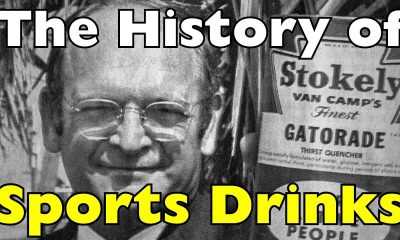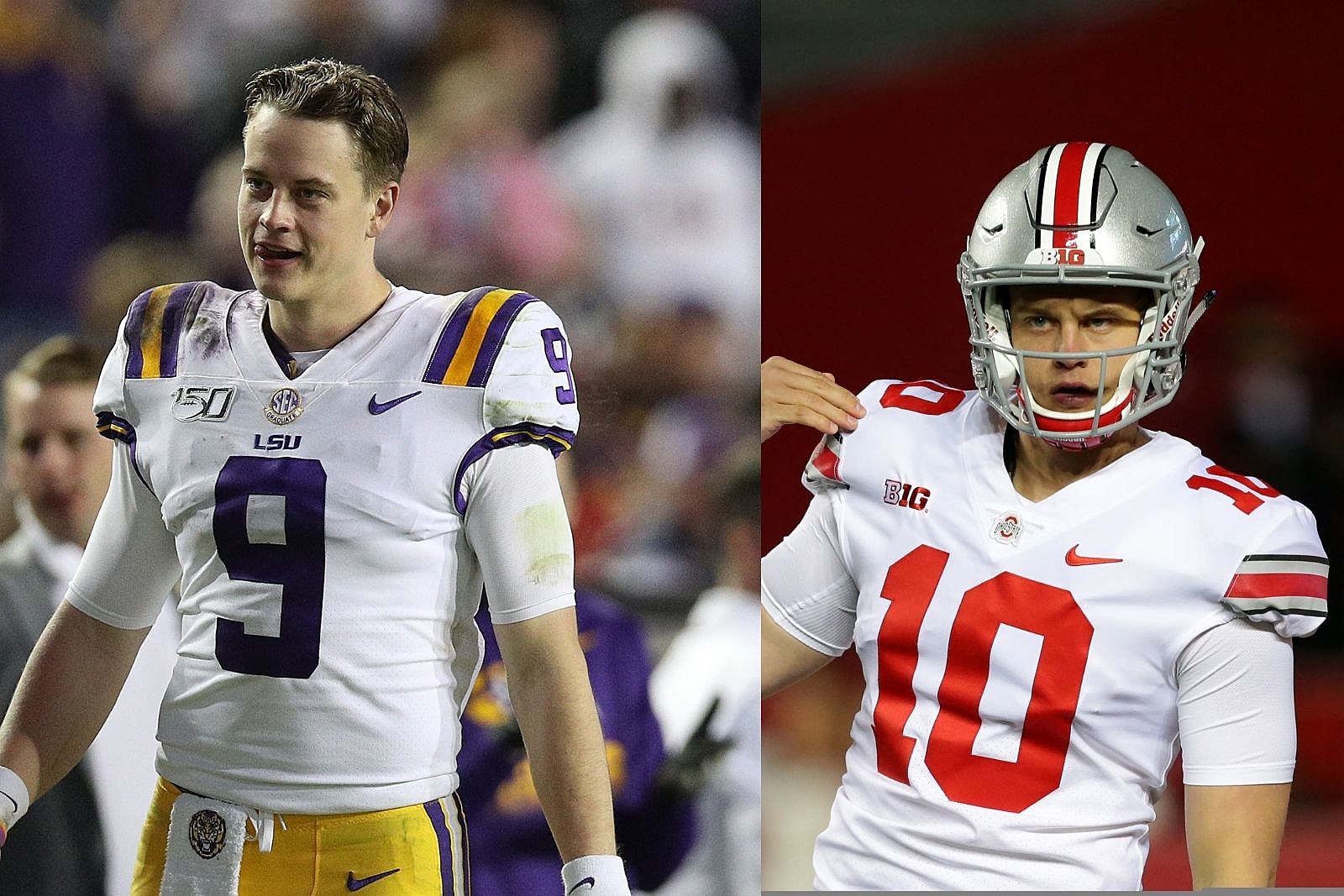
NIL
Brands increasingly recognising the value in associating with sports stars is leading to more …
Cricket has long been the nation’s sporting heartbeat, producing some of its biggest icons. Brands, therefore, have placed immense faith in these stars, making them central to their marketing strategies. The industry’s growth in recent years has been fuelled by the sport’s all-pervasive appeal, and 2024 saw the trend continue unabated. Our favourite superstars achieved […]
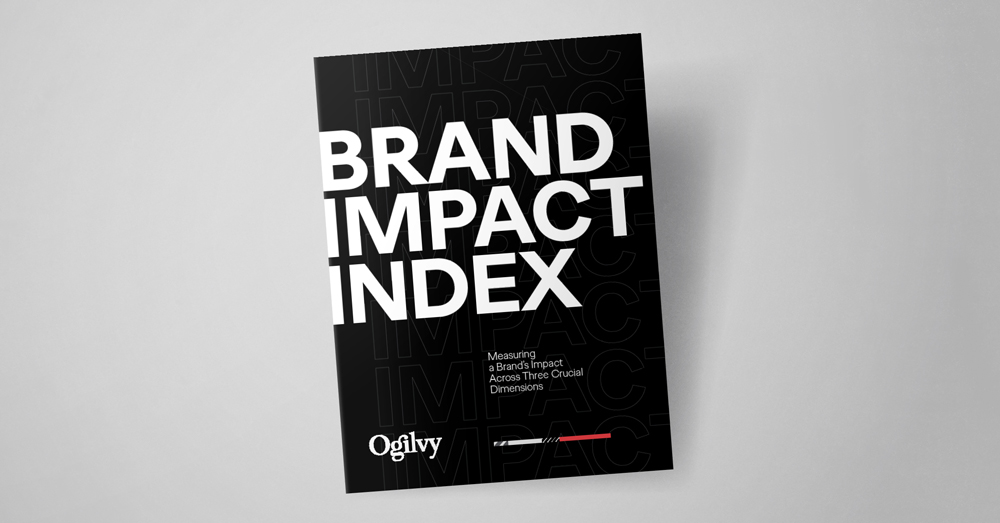
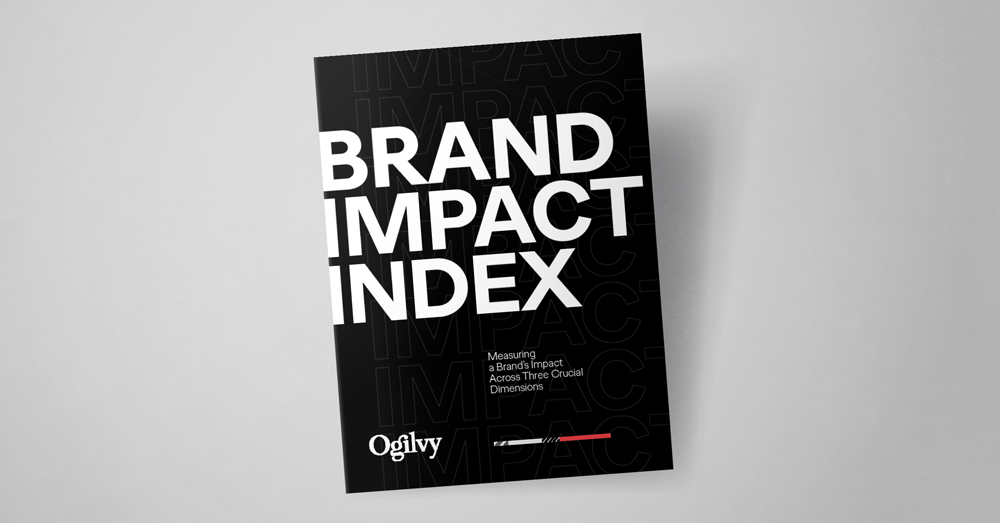

Cricket has long been the nation’s sporting heartbeat, producing some of its biggest icons. Brands, therefore, have placed immense faith in these stars, making them central to their marketing strategies. The industry’s growth in recent years has been fuelled by the sport’s all-pervasive appeal, and 2024 saw the trend continue unabated. Our favourite superstars achieved a stellar 30% rise over the previous year, pushing cricketer-led brand endorsement value to Rs. 1,054 Crores ($ 125 million).
The total endorsement spending has crossed the Rs. 1000 Crore mark for the first time, reaching Rs. 1224 Crores ($ 146 million) – almost double the figure from just three years ago! The particularly exciting part of this trend is
that this incremental delivery has come from a broad range of sports. While cricketers continue to dominate the scene with significantly higher average deal values, athletes from emerging sports are also seeing substantial gains, driven by their on-field inroads. It is heartening to see the commercial success of sportspersons from disciplines that do not have a cricket-like following, and it signals a wider appreciation for these performers and their ability to engage with sporting enthusiasts across the country.
The extraordinary rise of athletes from emerging sports: While cricketers cleared the ropes and set new endorsement landmarks, the year was notably exceptional because of the extraordinary rise of athletes from emerging sports. 2024 was the year of the Summer Olympics, and carrying the aspirations of the nation were the 117 participants who represented us at the Games in Paris. India finished with an impressive tally of six medals, and we came close to winning a few more as our top guns competed meritoriously at the biggest multidisciplinary sports fiesta in the world.
MUMBAI: After an electrifying performance in 2023, athlete endorsements in India have outdone themselves in 2024, registering an impressive 32% year-on-year spike.
The same is the case with PV Sindhu – with Olympic medals in Rio and Tokyo, she had been a smashing hit with brands in the past, and 2024 was no different. Icons like Neeraj, Sindhu and Manu will certainly strengthen the multi-dimensional fabric of the sports endorsement arena in the country.
This marks the highest annual growth rate in 14 years, demonstrating the phenomenal rise in the influence of sports celebrities in the country. Brands are increasingly recognising the value in associating with these stars, and this, in turn, is leading to more high-value partnerships.
This enthusiasm peaked in June when Team India clinched the T20 World Cup in Barbados, overcoming South Africa in a historic triumph. This win, our first ICC Trophy in 11 years, sparked emotional celebrations across the country, as the fanfare reached a crescendo in the celebrations that unfolded back home in the days that followed this morale-boosting victory. Among cricket’s commercial heavyweights, Virat Kohli remained a dominant force in the endorsement arena, continuing his streak of marketability. Rohit Sharma, who led the side across formats, kept his scoreboard ticking in the brand space as well.
These figures not only highlight the growing market value of athletes but also emphasise their rising status as cultural icons. As our champions continue to excel globally, their ability to connect with audiences and shape national sentiment is becoming increasingly undeniable.
GroupM Sporting Nation’s 12th Edition has been published. The Olympics proved to be the prime mover in the endorsement space beyond cricket, as brands went faster, higher and stronger with athletes from emerging sports.
This increasing run rate is an endorsement for the deep connection these players share with a vast cross-section of fans in India. The men’s ODI team’s performance in the ICC World Cup 2023 played at home was nothing short of remarkable and it truly captured the imagination of the nation. Though they stumbled at the final hurdle against Australia, the entire nation rallied behind the boys.
Meanwhile, former skipper MS Dhoni was like the impact player here, making the fans go into a frenzy when he takes the field at the IPL, the only competition he participates in, these days. The endorsement pull of the Little Master Sachin Tendulkar could seem counterintuitive to the uninitiated, given that he last played the sport more than a decade ago. Among younger stars, Rishabh Pant and Shubman Gill have garnered impressive portfolios for themselves. Other prominent names that feature in the list include Team India stalwarts like Jasprit Bumrah, Suryakumar Yadav, Shreyas Iyer, KL Rahul, and Hardik Pandya. In women’s cricket, established players like Smriti Mandhana and Harmanpreet Kaur strengthened their partnerships with brands even as Shafali Verma, Jemimah Rodrigues, Shreyanka Patil, Radha Yadav and Yastika Bhatia made strides in the endorsement space. Cricket is the bedrock of the Indian sports economy, with its stars wielding considerable influence both on the game and beyond. The past year has only reinforced their commercial magnetism, as India’s No. 1 sport contributed 86% to the endorsement pie in 2024.
The Olympics proved to be the prime mover in the endorsement space beyond cricket, as brands went faster, higher and stronger with athletes from emerging sports – the YoY growth standing at a whopping 46%. With a total value of Rs. 170 Crores ($ 20 million), the lift amounted to nearly half of the base value itself! Among the breakout stars, Manu Bhaker proved to be quite the revelation, winning two Bronze Medals and almost securing a third one as well. She became the first Indian woman to win a shooting medal by coming third in the 10m Air Pistol individual event.
Badminton players like Lakshya Sen and the doubles duo of Satwik and Chirag, the key hockey players who are taking us on the path of ascendancy, Olympic medal winner Aman Sehrawat and other rising wrestlers, our young boxers, weightlifters and shooters – all represent a generation of athletes from emerging sports who are on the cusp of even bigger wins on the world stage. The affirming sign here is that fame and riches are just by-products of their achievements in events around the world and the glory they bring to the Sporting Nation through their effort, determination and talent.
There is a rich talent pipeline in Indian sports, be it in cricket or in other disciplines. While the current superstars like Virat, Rohit and the others carry the expectations of the nation through the ebb and flow of the competitive cricket calendar, the system continues to produce youngsters who are knocking on the doors of stardom. We have players like Yashasvi Jaiswal, Tilak Varma, Rinku Singh and others, who are getting ready to shoulder more responsibilities. The same goes for other sports too. D. Gukesh, who became the pride of the nation by winning the FIDE World Chess Championship, leads a host of chess prodigies who could make the moves to take India to a completely dominant position in a sport that originated here.
When we talk of Indian athletes becoming world-beaters in individual disciplines, the one name that crops up instantly is that of Neeraj Chopra. As he entered 2024, he was already an Olympic Gold Medal winner and a World Champion. Hence, expectations are always high from Neeraj, like in the case with our cricket team. At Paris, he didn’t disappoint either, as he hurled the javelin to a silver medal winning distance.
What followed was equally amazing, as Manu partnered with Sarabjot Singh to repeat the feat in the mixed event too – becoming the first athlete from independent India to win two medals at the same Olympic Games. Just like she was on the bull’s-eye at the Games, brands were right on target too, as Manu had a very successful year in terms of endorsements. Her accomplishments, on the shooting range and with respect to earnings, will serve as an inspiration for many youngsters from emerging sports.
NIL
President Trump will reportedly sign an executive order to limit NIL money for players
The “Name, Image, and Likeness” (NIL) revolution has reshaped collegiate athletics. Players have more agency than even to earn their market value, make some of the money they generate for sports programs, and ensure their future even in the event of a catastrophic injury, or a failure to be selected in a pro league draft. […]
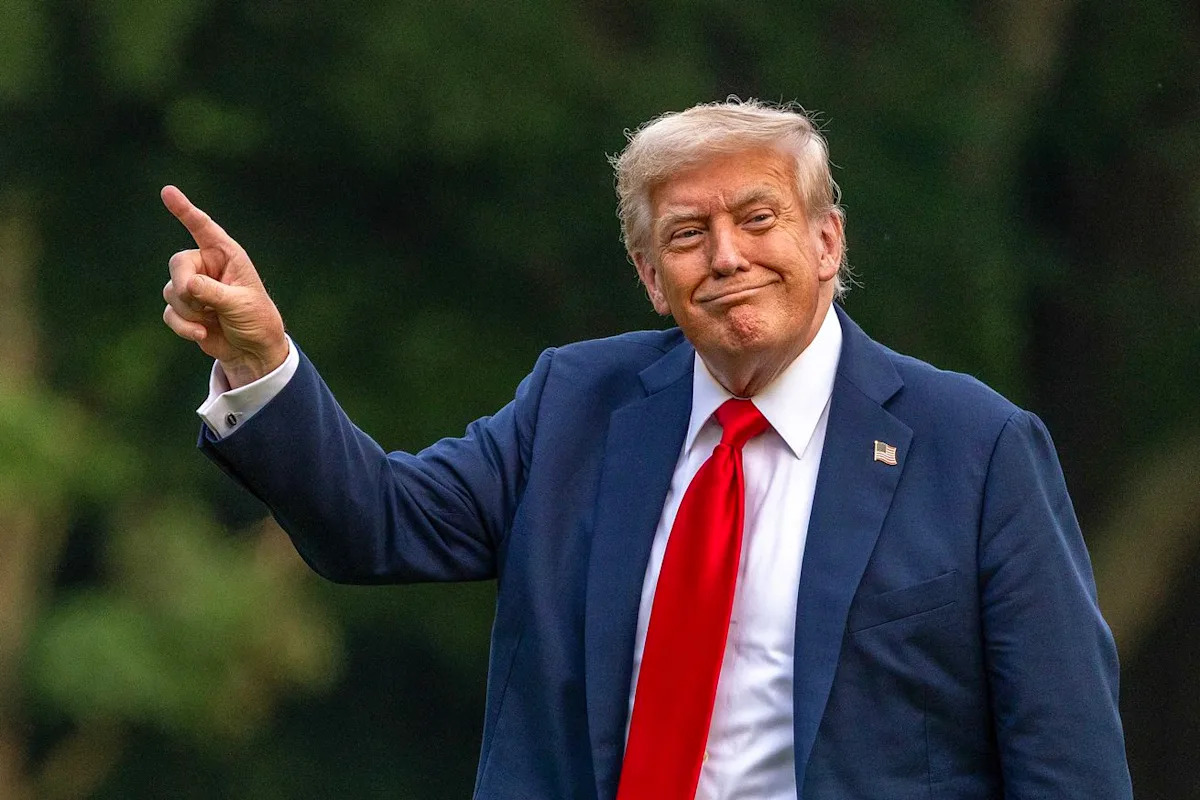
The “Name, Image, and Likeness” (NIL) revolution has reshaped collegiate athletics. Players have more agency than even to earn their market value, make some of the money they generate for sports programs, and ensure their future even in the event of a catastrophic injury, or a failure to be selected in a pro league draft.
That could potentially change in the near future, courtesy of an executive order filed by President Trump. Front Office Sports reported on Wednesday that Trump is “actively working” on an NIL order, which is expected to either establish NCAA-friendly rules to limit the earning potential of players, or at the least establish a commission to investigate athlete compensation. The end goal in either case would be to support power conference schools in their lobbying goals to limit high-profile players from joining smaller programs due to money.
Advertisement
In addition, legislation would likely put an earning cap on how much players can make through NIL, as well as codify athletes as “non-employees,” something player groups have been pushing for in several states.
This comes following the ruling of House vs. NCAA, a 2020 case settled last year for $2.75B which sought to lift restrictions on revenue sharing from broadcast rights. Congress has been working on its own bill to curb NIL spending, with negotiations ongoing about a proposed cap on NIL payments from schools. It’s unclear what this amount would be, but it’s accepted it would be substantially less that what programs are currently spending.
It comes in the wake of notable collegiate sports figures like Nick Saban decrying the explosion of NIL-based payments, and speaking to the president about his concerns. It should be noted that while Alabama (Saban’s former team) remains a powerhouse in college football, their NIL kitty is substantially lower than a wide array of schools, ranking 12th in future NIL investment, behind the likes of Auburn, LSU, Texas, and Georgia — among others.
The impetus behind legislation appears from the outside like sour grapes. Traditional powerhouses are losing their recruiting edge by not being able to keep up with NIL spending, lessening the amount of high-profile four, and five-star recruits coming to campus. This would fundamentally represent a power shift in football from a talent perspective, with ACC schools Virginia, Florida State, Clemson, Louisville, and North Carolina having much larger NIL commitments than numerous power conference schools.
Advertisement
It’s unclear at this time what a Trump order would look like, though it’s widely accepted it would be fundamentally worse for players and better for institutions when it comes to a revenue share.
Nothing says “free marketplace” quite like governmental intervention.
NIL
Inside College Football’s Free-Agency Chaos
As the head of Louisville’s official NIL (name, image, and likeness) collective, Dan Furman has overseen tens of millions of dollars in athlete payments, and he helped redefine how collectives, schools, and players operate in this new era of college athletics. In this episode of Next Up with Adam Breneman, Dan shares how 502Circle started […]
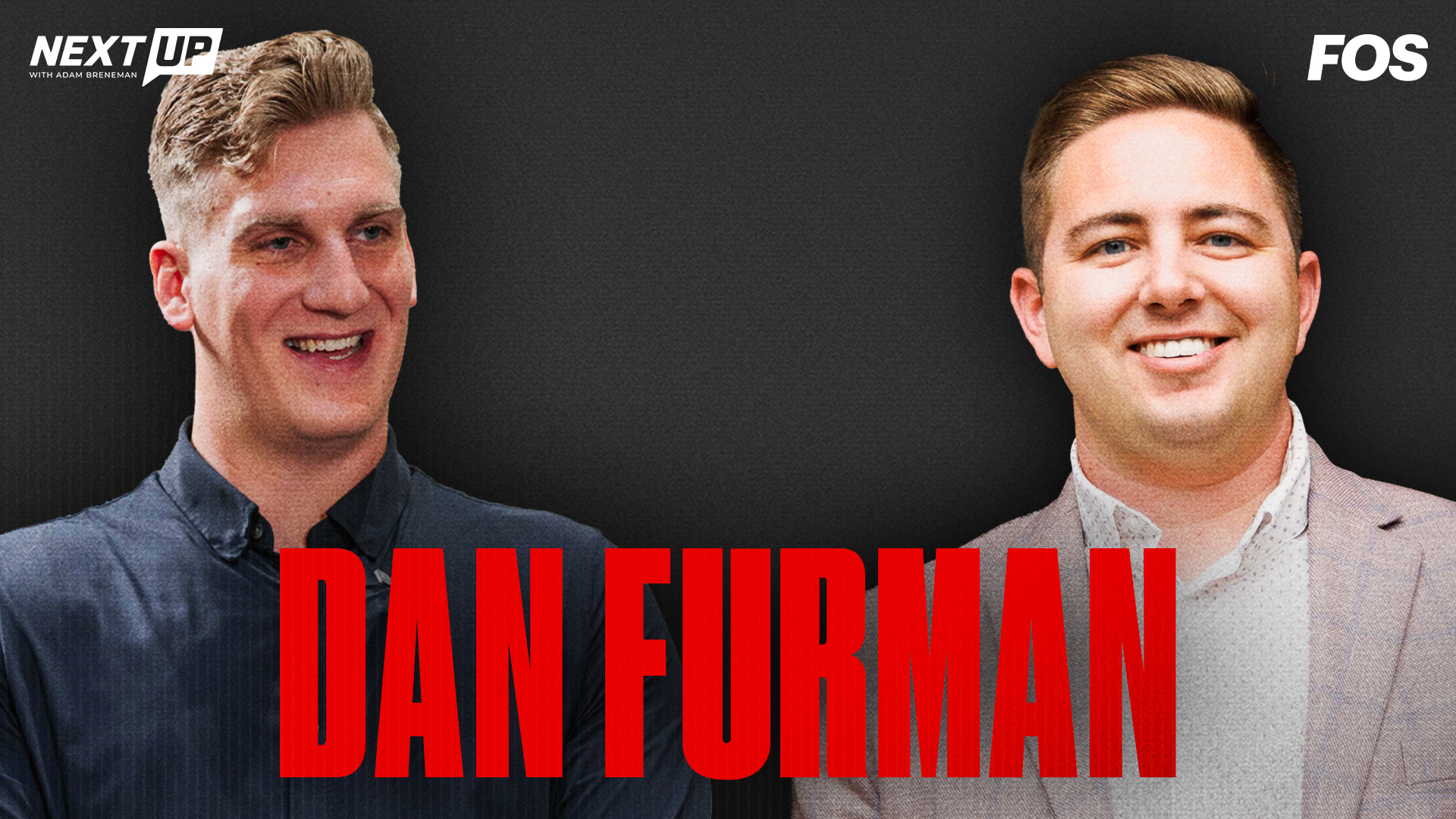
As the head of Louisville’s official NIL (name, image, and likeness) collective, Dan Furman has overseen tens of millions of dollars in athlete payments, and he helped redefine how collectives, schools, and players operate in this new era of college athletics.
In this episode of Next Up with Adam Breneman, Dan shares how 502Circle started with just $12,000 in the bank and scaled into one of the most sophisticated and respected collectives in the country. He opens up about the realities of running seven-figure monthly payrolls, the daily chaos of the transfer portal, and why player negotiations now resemble professional free agency. From in-house battles over donor dollars to dealing with underqualified agents and “runners,” Dan lays out the messy, high-stakes truth behind the NIL headlines.
Adam and Dan also dive deep into the impact of the new revenue-sharing model and how the College Sports Commission is reshaping the rules of engagement, why storytelling and brand-building are now essential tools in recruiting and fundraising, and more.
NIL
House settlement provides level NIL playing field in SEC, Pittman says
Arkansas football coach Sam Pittman says a $2.8 billion antitrust settlement has leveled the playing field in college football. ATLANTA — Sam Pittman says a $2.8 billion antitrust settlement that went into effect this month levels the college football playing field in a good way for his Arkansas team. Pittman said Arkansas now has a chance […]

Arkansas football coach Sam Pittman says a $2.8 billion antitrust settlement has leveled the playing field in college football.
ATLANTA — Sam Pittman says a $2.8 billion antitrust settlement that went into effect this month levels the college football playing field in a good way for his Arkansas team.
Pittman said Arkansas now has a chance to compete on more even terms with other Southeastern Conference powers like Georgia, Alabama and Texas. Pittman said Thursday at SEC media days his program previously dealt with a financial disadvantage against the schools with more established name, image and likeness collectives since NIL payments began in 2022.
According to the terms of the House settlement, each school now can share up to about $20.5 million with their athletes.
“Financially with revenue sharing I think we are finally back on even keel with everybody, which we weren’t,” said Pittman, whose team finished 7-6 in 2024. “If I was going to make an excuse, it would be financially is why we haven’t done quite as well. … But I think now with it being even, look out, the Razorbacks are coming.”
Pittman and most other coaches brought seniors and graduate players to represent their teams at SEC media days, which concluded on Thursday. Pittman brought two 2021 recruits and a transfer, but Arkansas could have difficulty finding seniors next year from his original 2022 signing class because many members of that class have transferred.
Pittman, whose Razorbacks have earned bowl bids in four of his five seasons, said players have different reasons for transferring but many were lured away from Arkansas by more attractive NIL packages at other schools. When asked about the 2022 class, Pittman said, “Here’s what it’s not because of: the way they’re treated, because of the way they’re developed, because of the way they’re taught.”
“That’s not the reason. It could be playing time. It could be finances. Probably the majority of it is finances.”
The House settlement era began on July 1.
The enforcement of the House settlement is still being worked out as the new College Sports Commission has informed athletic directors in letters last week it was rejecting payments to players from collectives created only to pay players instead of as payment for name, likeness and image.
Some seniors at SEC media days said NIL payments and the transfer portal have contributed to their decisions to complete their eligibility instead of leaving school early to pursue opportunities in the NFL.
“I would most definitely say so,” Missouri offensive lineman Connor Tollison said. “Obviously, you know, you have a chance to make some money these days. … With the transfer portal, if you don’t have a necessarily a good opportunity at this place you’re at, you have the chance to go somewhere else and get a fresh start. It wasn’t necessarily something I experienced to my college career, but I’ve seen it. You know, it works for plenty of players. So yeah, I think it’s good for the players.”
When asked if NIL makes it easier for players to complete their eligibility, Kentucky coach Mark Stoops, coming off a 4-8 season, said, “Listen, we all love our players, whether they’re one year in our program, six months, or four years.”
Linebacker Alex Afari, defensive back Jordan Lovett and tight end Josh Kattus were the seniors who accompanied Stoops to Atlanta.
“Of course I love making money from name, image and likeness,” Lovett said. “But I love football first. You know, football was my first love. So I play for the game, not for money.”
Lovett added his primary motivation for returning was to earn his first win over Georgia.
“It’s the big part of college football now because some dudes just make decisions off, you know, the financial stuff,” Lovett said. “I love football. … I still haven’t, you know, beat Georgia yet. You know, Georgia’s one of my goals.”
Copyright 2025 Associated Press. All rights reserved. This material may not be published, broadcast, rewritten, or redistributed.
NIL
What Bronco Mendenhall said about how Utah State football is trending
Any weirdness surrounding Bronco Mendenhall being Utah State football’s head coach should dissipate almost entirely after Thursday. Decked out in Aggie gear at Mountain West media days in Las Vegas, Mendenhall has — by all appearances — fully embraced USU. During an appearance on the Mountain West Network, he quickly — and correctly — cited […]
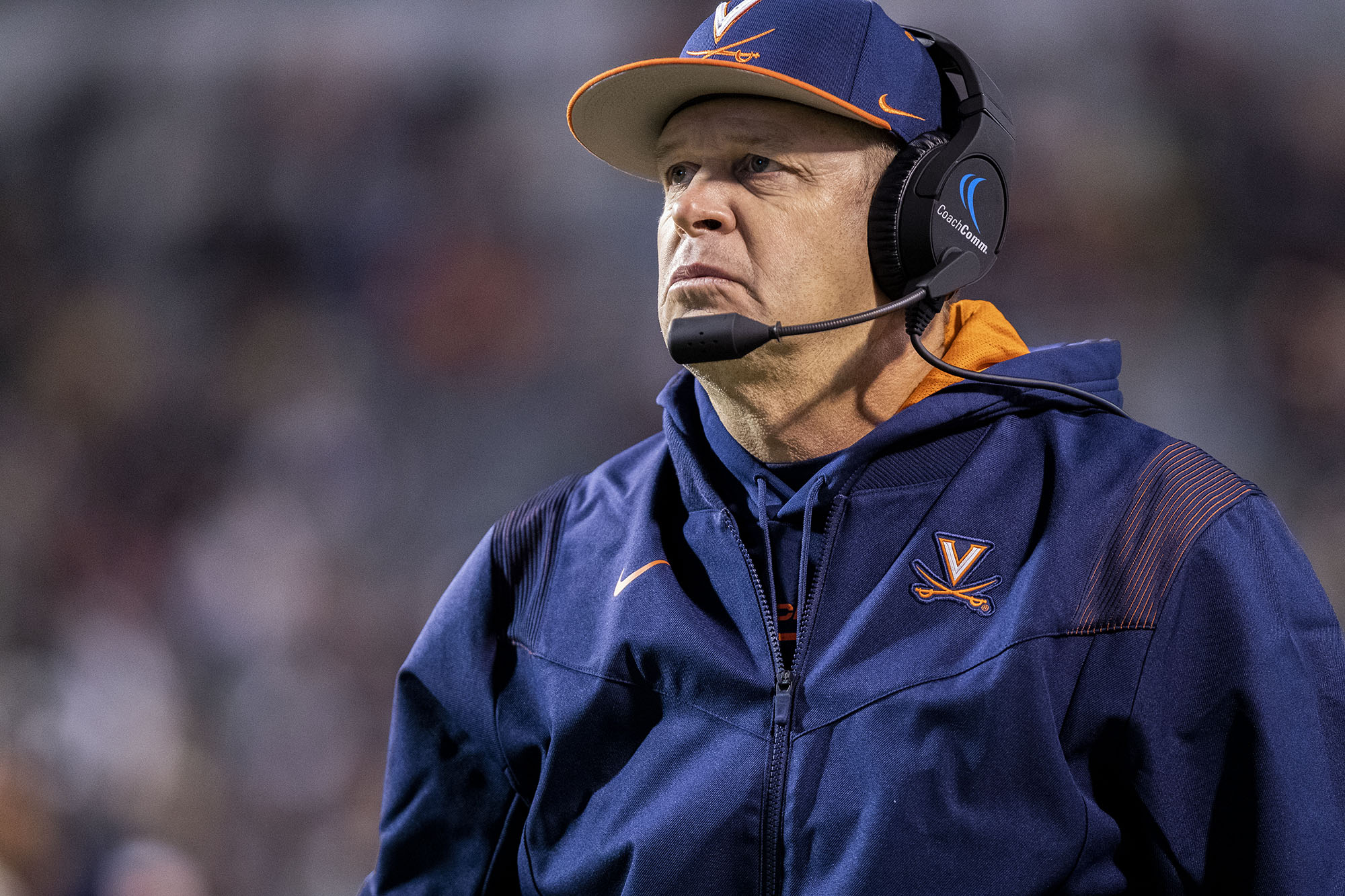
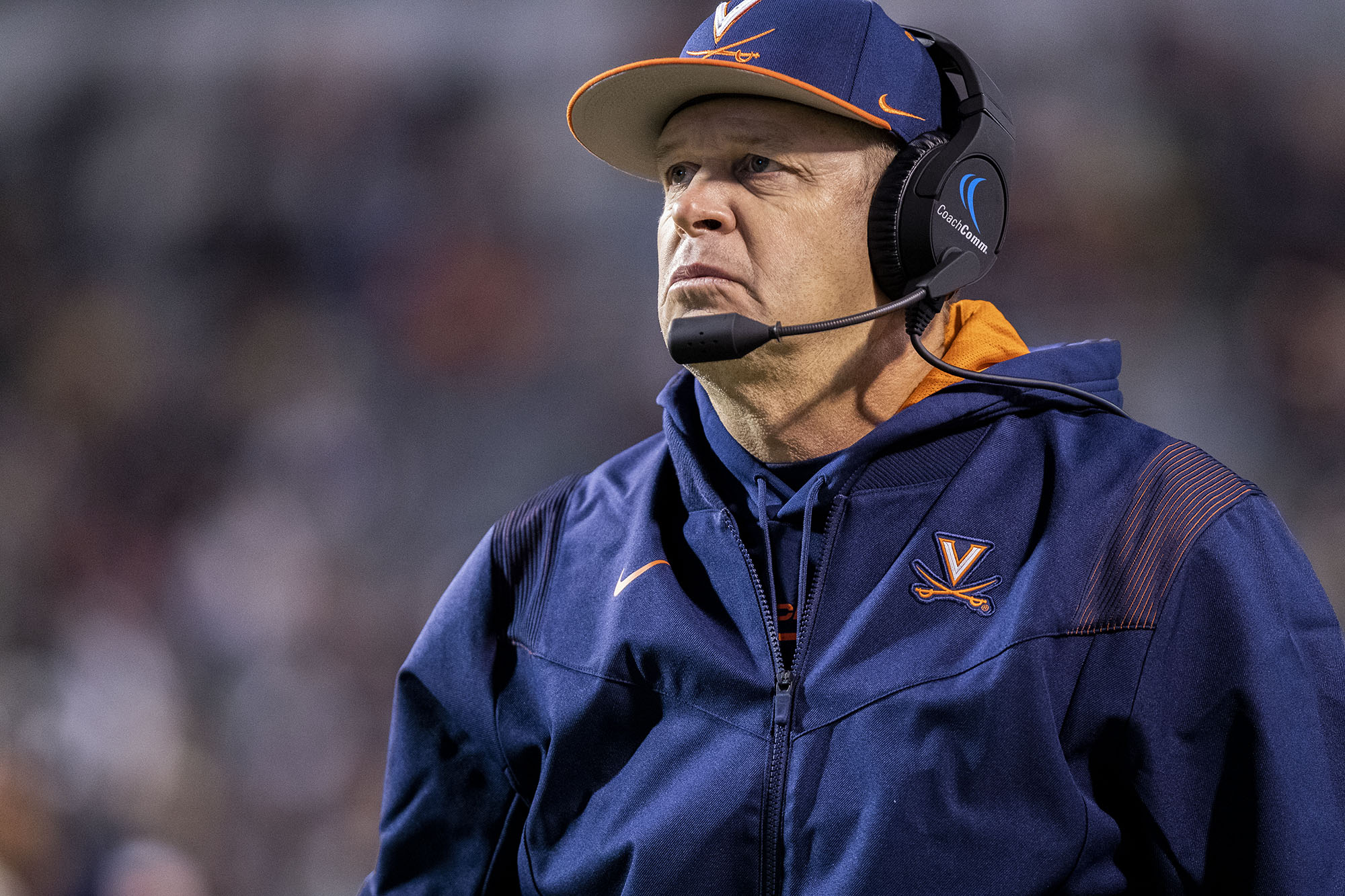
Any weirdness surrounding Bronco Mendenhall being Utah State football’s head coach should dissipate almost entirely after Thursday.
Decked out in Aggie gear at Mountain West media days in Las Vegas, Mendenhall has — by all appearances — fully embraced USU.
During an appearance on the Mountain West Network, he quickly — and correctly — cited Utah State football’s recent history, differentiating his current job from his old one (New Mexico).
He noted the Aggies’ successes over the last decade-plus, getting to bowl games regularly even with considerable turmoil in and around the program and athletic department, and he cited high expectations that exist in Logan after multiple 10-plus win seasons since 2012.
“The winning is different (at Utah State),” Mendenhall said. “The history is different. The expectations are different on a yearly basis.”
He unabashedly praised The HURD, Utah State’s boisterous, maybe even a little belligerent, student section.
“The HURD is unlike anything I’ve ever seen,” he said. “Unbelievable.”
He noted that two of his sons have transferred to Utah State since he took the head coaching job, with Breaker — a former Aggie player — back on the football team even.
Six months after taking the job, it really does look like Mendenhall is Utah State football, and because of that, there still isn’t much known about the Aggies ahead of the 2025 season.
Much like he did in the spring, when he closed practices to the general public, Mendenhall continues to want to keep a shroud over his program, at least for the time being.
In the spring the reasoning had to do with the NCAA transfer portal and tampering. Mendenhall didn’t want to lose players to other programs, players he needed to help quickly rebuild Utah State.
For the most part, the strategy worked. Utah State has brought in 87 players since Mendenhall took over, and the vast majority have remained with the program. Mendenhall did concede that not everyone was thrilled with his decision at the time, though.
“It’s always difficult because I was looking to connect with the community, looking to engage, looking to unite, and here I am closing practice,” Mendenhall said. “But I was transparent about the reason. As long as there is a transfer portal after spring practice, I won’t open spring practice simply because of the roster being protected.
“I’m the steward over (the Utah State) program. I think everyone understood that. … I think it ended up serving its purpose. Not everyone was thrilled about the decision, but ultimately, now, I think everyone can see the benefit of it.”
Now, lack of details coming out of the Aggie program and Mendenhall are about creating a competitive advantage for the upcoming season.
Mendenhall made it clear Thursday he expects USU to be capable of being bowl eligible in 2025, no matter that the team was picked to finish No. 9 in the MWC preseason poll and ESPN’s FPI currently predicts the Aggies will win between four and five games.
Mendenhall noted that he wanted to keep those outside of the program in the dark, particularly when it comes to the offense under offensive coordinator Kevin McGiven.
“I’d like to be unnameable,” Mendenhall said. “So what style do we play? I don’t know, which makes it harder to prepare and I like the creativity that comes with that, and Kevin is a perfect fit that way.”
Mendenhall did say he believes USU’s secondary, headlined by senior Ike Larsen and New Mexico transfers Noah Avinger, Bryson Taylor and Bobby Arnold, will be a strength of the team’s this season.
“It’ll be a strong suit of our organization,” he said.
Mendenhall noted that Larsen, a game-breaking star at times at USU, had a down season in 2024, but is capable of bouncing back in a big way this year.
“He’s anxious to re-link the upcoming year to what he’s truly capable of and what will be needed from him,” Mendenhall said.
Mendenhall also praised quarterback Bryson Barnes, Utah State’s starting quarterback for next season.
“His experience is impeccable, the type of leadership, the type of grit, the type of determination and he’s dual threat,” Mendenhall said.
“As a defensive coach, you run out of numbers pretty fast when someone can run and throw. … And with the head coach that loves tough, competitive people and style of play, he’s a perfect fit for us.”
Mostly, though, Mendenhall talked about the culture he is trying to establish at Utah State, which anyone who has followed Mendenhall during the course of his coaching career is familiar with.
“The foundation is the expectations,” Mendenhall said, “and there’s a lot of research that talks about how the level of expectations determines outcomes. Our program is demanding. It’s challenging. It requires a lot, but by giving a lot, there’s a sacrifice part, but there’s also a connection part that’s deeper and interesting.
“Many (in college football) are afraid to ask that much because their players might leave, but what we have found, and what research shows, is just the opposite. The more you ask, the more sticky they become to your organization, and so our team is becoming more resilient. They’re becoming stronger. They’re more united by doing hard things together and that’s always led to pretty strong outcomes, at least in my career.”
Mendenhall has, by all objective measures, had a highly successful coaching career at the Division I level, first at BYU, then Virginia and New Mexico, so while there are still a lot of unknowns about Utah State football in its Mendenhall era, precedence suggests there is reason for optimism for Utah State football, in 2025 and in subsequent seasons to come.

NIL
Why Alabama Football could have college football’s No. 1 defense
From a position of being more than good last season, the Alabama Football defense can be better in the coming season. Among all FBS teams, the Alabama Crimson Tide defense finished at a credible No. 10 in Scoring Defense last season. Against FBS teams with a winning record, Alabama was No. 3 in allowing 4.62 […]

From a position of being more than good last season, the Alabama Football defense can be better in the coming season. Among all FBS teams, the Alabama Crimson Tide defense finished at a credible No. 10 in Scoring Defense last season. Against FBS teams with a winning record, Alabama was No. 3 in allowing 4.62 yards-per-play. National Champion Ohio State was only slightly better at 4.52 yards.
The problem for Alabama last season was when Kane Wommack’s defense was bad, it was glaringly bad. The Crimson Tide outscored Georgia, but gave up 519 yards to the Bulldogs. After the loss to Vandy, Alabama legends George Teague and Roman Harper questioned Wommack’s scheme. Harper stated that being “brutally honest …(the Tide’s) vision coverage was a failure, lacking eye discipline.”
Though the Tide’s defense improved in the latter half of the season, Oklahoma’s offense out-schemed Kane Wommack’s defense, allowing Jackson Arnold to rush for 131 yards.
A second season playing Wommack’s system should benefit many Alabama defenders. Based on the talents of individual players, a calculation by Pro Football Focus (PFF) projects the Crimson Tide will be college football’s No. 1 defense for 2025. PFF is sometimes questioned for its rating system. In ranking the best defensive teams, it does not consider how schemes will fare against a team’s schedule.
According to PFF, college football’s best defenses will be Alabama, Texas, Clemson, Georgia, Penn State, Notre Dame, Oregon, Ohio State, Texas A&M, and Texas Tech. PFF’s short explanation for rating Alabama Football No. 1 is “Alabama is also the only school in college football that features a top-10 player at every defensive position.”
Using Phil Steele’s ranking of position groups, the Clemson, Notre Dame, Penn State, and Michigan defenses are ahead of the Crimson Tide. Close behind Alabama in Steele’s calculations are Texas and Georgia.
According to a subjective projection by Saturday Down South, the SEC’s top defenses are expected to be in order: Texas, Alabama, Georgia, Tennessee, and Oklahoma. According to Steele, the Sooners have the 20th-best defensive back group, but OU is top four for defensive line and linebackers. Steele’s analysis does not rate Tennessee as being top five in the SEC.
An Alabama Football Defense at No. 1?
Talent and experience favor the Crimson Tide. Add into consideration depth and Alabama has the potential to be at or near No.1 defensively. To the extent scheme was a problem last season, it is reasonable to believe that Wommack, Mo Linguist, Chuck Morrell, Freddie Roach, and Christian Robinson have made adjustments.
When will Alabama football fans know how good the defense will be? The September date in Athens, GA will be telling. It is possible the Tide’s defensive front will prove too much for the Bulldogs’ offensive line.
NIL
Texas No. 1, Alabama vs LSU debate, & Texas A&M an SEC Darkhorse?
-

 Motorsports2 weeks ago
Motorsports2 weeks agoWhy Cosmetics are Making Up for Lost Time in Women’s Sports
-

 Motorsports2 weeks ago
Motorsports2 weeks agoTeam Penske names new leadership
-

 Youtube2 weeks ago
Youtube2 weeks ago🚨 BREAKING: NBA MVP Shai Gilgeous-Alexander signs the RICHEST annual salary in league history
-

 Sports1 week ago
Sports1 week agoNew 'Bosch' spin
-

 Sports1 day ago
Sports1 day agoVolleyball Releases 2025 Schedule – Niagara University Athletics
-

 College Sports2 weeks ago
College Sports2 weeks agoMSU Hockey News – The Only Colors
-

 Sports2 weeks ago
Sports2 weeks agoE.l.f Cosmetics Builds Sports Marketing Game Plan Toward Bigger Goals
-
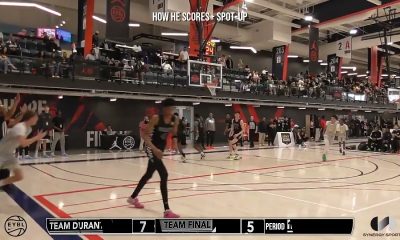
 College Sports3 weeks ago
College Sports3 weeks agoIU basketball recruiting
-

 Fashion3 weeks ago
Fashion3 weeks agoUSA vs. Ireland FREE LIVE STREAM (6/29/25)
-

 College Sports5 days ago
College Sports5 days agoBuford DB Tyriq Green Commits to Georgia












